Registered Nursing at Sacred Heart University
Sacred Heart is located in Fairfield, Connecticut and approximately 9,313 students attend the school each year.
Want to know more about the career opportunities in this field? Check out the Careers in Registered Nursing section at the bottom of this page.
Sacred Heart Registered Nursing Degrees Available
- Associate’s Degree in Registered Nursing
- Bachelor’s Degree in Registered Nursing
- Master’s Degree in Registered Nursing
Sacred Heart Registered Nursing Rankings
The registered nursing major at Sacred Heart is not ranked on College Factual’s Best Colleges and Universities for Registered Nursing. This could be for a number of reasons, such as not having enough data on the major or school to make an accurate assessment of its quality.
Registered Nursing Student Demographics at Sacred Heart
Take a look at the following statistics related to the make-up of the registered nursing majors at Sacred Heart University.
Sacred Heart Registered Nursing Associate’s Program
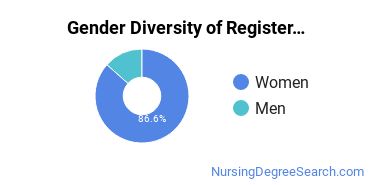
The majority of those who receive an associate's degree in registered nursing at Sacred Heart are white. Around 57% fell into this category, which is typical for this degree. Sacred Heart does a better job with serving racial-ethnic minorities than the typical school does. Its associate's program in registered nursing graduates 2% more racial-ethnic minorities than the nationwide average.*
The following table and chart show the race/ethnicity for students who recently graduated from Sacred Heart University with a associate's in registered nursing.
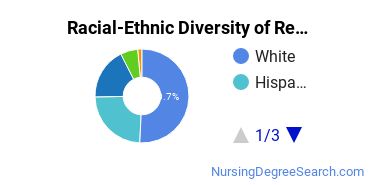
| Race/Ethnicity | Number of Students |
|---|---|
| Asian | 2 |
| Black or African American | 9 |
| Hispanic or Latino | 16 |
| White | 39 |
| International Students | 0 |
| Other Races/Ethnicities | 3 |
Sacred Heart Registered Nursing Bachelor’s Program
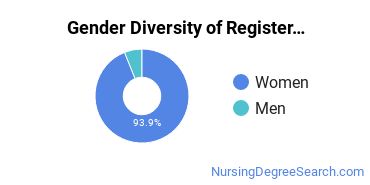
About 74% of those who receive a bachelor's degree in registered nursing at Sacred Heart are white. This is above average for this degree on the nationwide level.
The following table and chart show the race/ethnicity for students who recently graduated from Sacred Heart University with a bachelor's in registered nursing.
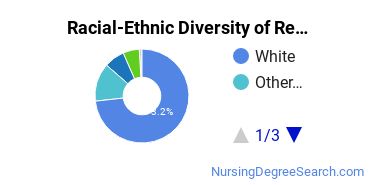
| Race/Ethnicity | Number of Students |
|---|---|
| Asian | 6 |
| Black or African American | 6 |
| Hispanic or Latino | 27 |
| White | 186 |
| International Students | 0 |
| Other Races/Ethnicities | 27 |
Sacred Heart Registered Nursing Master’s Program
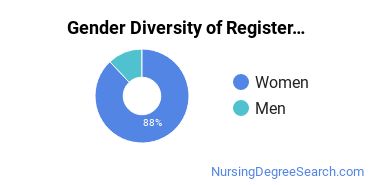
Of the students who received a registered nursing master's degree from Sacred Heart, 58% were white. This is typical for this degree on the natiowide level.
The following table and chart show the race/ethnicity for students who recently graduated from Sacred Heart University with a master's in registered nursing.
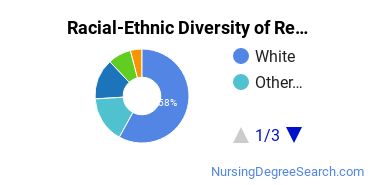
| Race/Ethnicity | Number of Students |
|---|---|
| Asian | 1 |
| Black or African American | 1 |
| Hispanic or Latino | 0 |
| White | 18 |
| International Students | 0 |
| Other Races/Ethnicities | 11 |
Related Majors
Careers That Registered Nursing Grads May Go Into
A degree in registered nursing can lead to the following careers. Since job numbers and average salaries can vary by geographic location, we have only included the numbers for CT, the home state for Sacred Heart University.
| Occupation | Jobs in CT | Average Salary in CT |
|---|---|---|
| Registered Nurses | 31,400 | $81,220 |
| Nursing Instructors and Professors | 630 | $101,760 |
References
*The racial-ethnic minorities count is calculated by taking the total number of students and subtracting white students, international students, and students whose race/ethnicity was unknown. This number is then divided by the total number of students at the school to obtain the racial-ethnic minorities percentage.
- College Factual
- National Center for Education Statistics
- O*NET Online
- Image Credit: By Unknownwikidata:Q4233718 under License
More about our data sources and methodologies.
